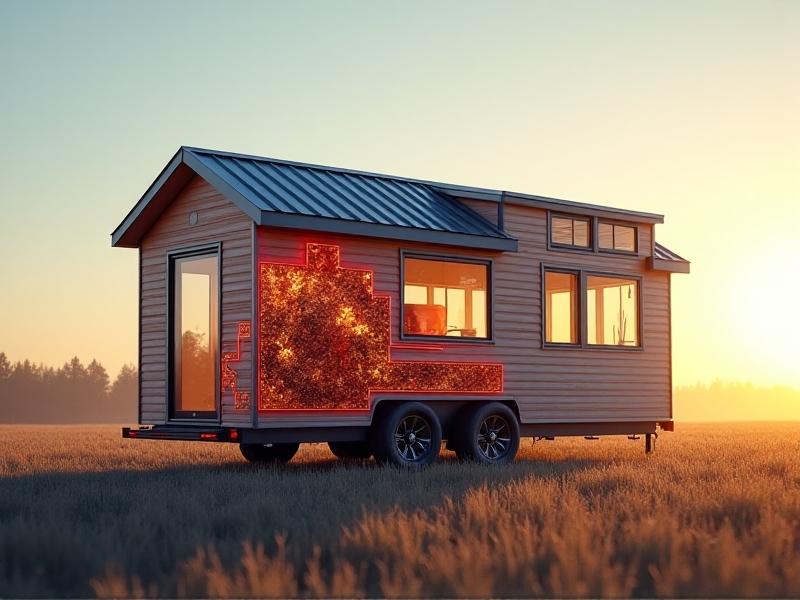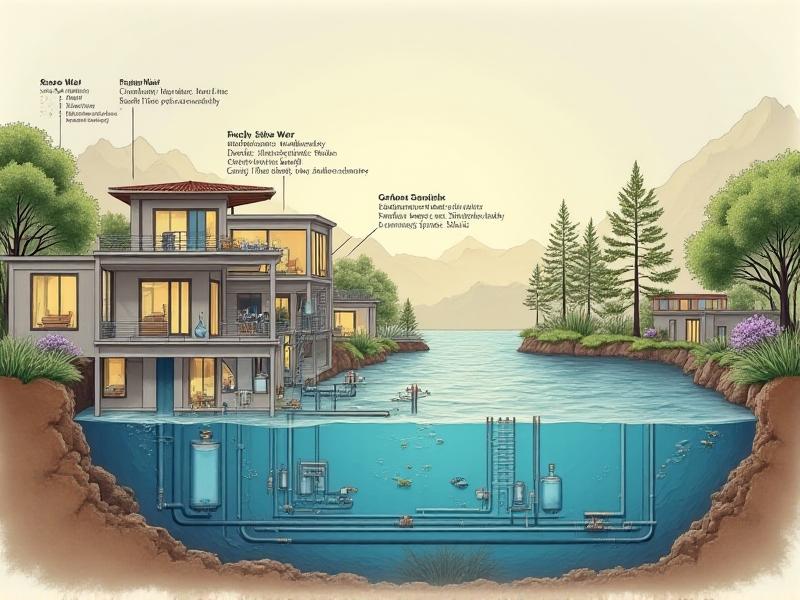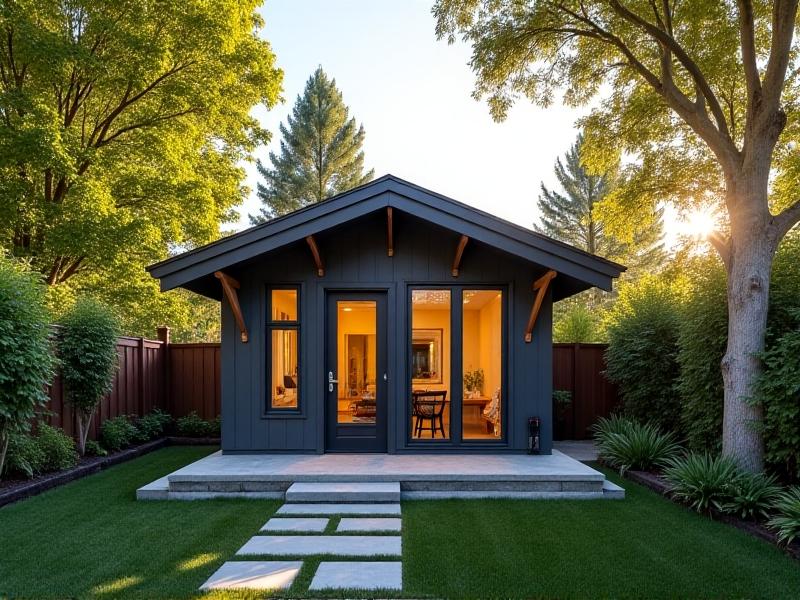Mobile Home Hitch Upgrade Options
Understanding Your Mobile Home Hitch System: The Basics
Before diving into upgrade options, it’s crucial to grasp the fundamentals of your mobile home hitch system. A hitch serves as the critical link between your towing vehicle and your mobile home, transferring weight and ensuring stability during transit. Most factory-installed hitches are designed for general use, but upgrades become necessary when towing heavier loads, improving safety, or enhancing maneuverability. Key components include the hitch receiver, coupler, safety chains, and brake connectors. Modern systems often integrate weight distribution features and sway control, but older models may lack these advancements. Assess your current setup by checking for wear, corrosion, or misalignment. Upgrading isn’t just about power—precision and compatibility matter just as much.
Types of Hitch Upgrades for Enhanced Towing Performance
Upgrading your hitch can dramatically improve towing performance. Options range from reinforced receivers to advanced weight-distribution systems. Class IV and V hitches are popular for heavy-duty towing, offering greater weight capacity and durability. Fifth-wheel hitches provide superior stability for larger mobile homes by distributing weight across the truck bed. Gooseneck hitches, similar to fifth-wheel designs, are ideal for tight turns but require bed modifications. For those prioritizing ease of use, adjustable hitches with built-in sway control automate load balancing. Electric over hydraulic brake controllers integrate seamlessly with modern trailers, offering smoother stops. Each upgrade serves specific needs—choose based on your mobile home’s weight, towing frequency, and terrain challenges.
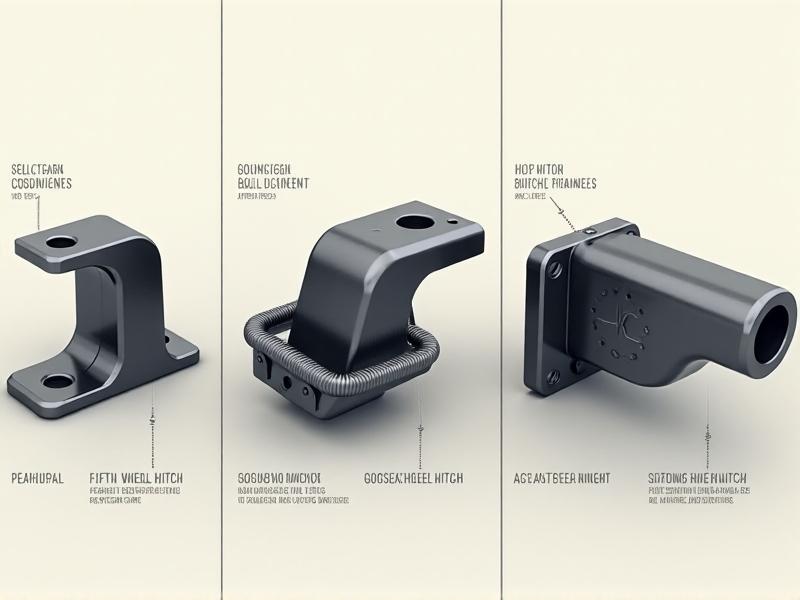
Material Considerations: Steel vs. Aluminum Hitches
The choice between steel and aluminum hinges on balancing strength and weight. Steel hitches, often made from high-tensile alloys, excel in durability and are preferred for heavy loads. However, they’re prone to rust if not coated properly. Aluminum hitches, lighter and corrosion-resistant, reduce overall tow weight but may lack the brute strength of steel. Advances in alloy engineering have narrowed this gap, with some aluminum models now rivaling steel’s load capacity. Consider galvanized steel for humid climates or opt for powder-coated finishes to prevent oxidation. For frequent travelers, aluminum’s weight savings can improve fuel efficiency, while steel remains the go-to for infrequent but heavy hauls.
Weight Capacity and Load Distribution Upgrades
Exceeding your hitch’s weight limit is a recipe for disaster. Upgrading for higher capacity starts with understanding your mobile home’s Gross Vehicle Weight Rating (GVWR) and the hitch’s Gross Trailer Weight (GTW). Weight distribution systems, such as equalizer hitches, use spring bars to redistribute tongue weight across all axles, preventing sagging and sway. Trunnion bar systems offer heavier load management but require precise calibration. Always verify that your vehicle’s frame can handle the added stress—reinforcement kits may be necessary. Digital tongue weight scales and wireless load sensors provide real-time data, ensuring optimal balance before hitting the road.
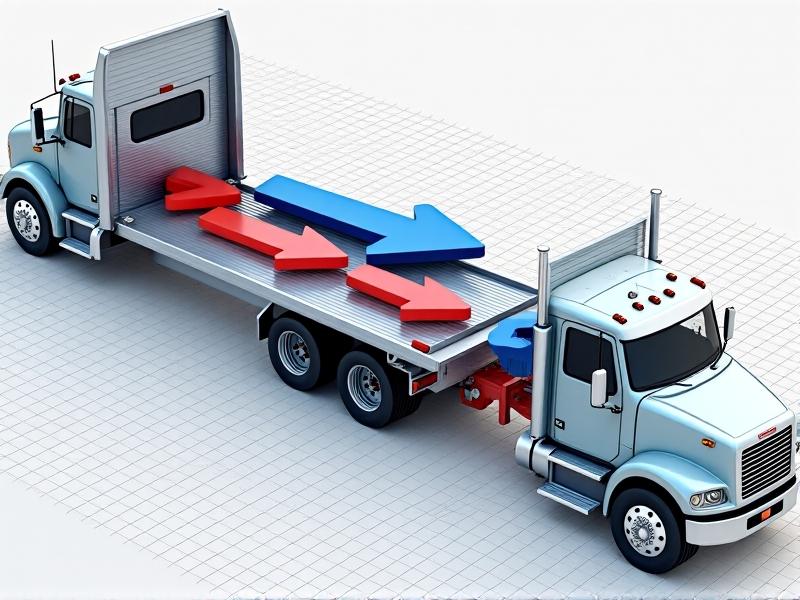
Installation Tips and Professional vs. DIY Approaches
While DIY hitch installation can save money, it’s fraught with pitfalls. Bolt-on hitches seem straightforward, but improper torque settings or misaligned drill holes can compromise integrity. Welded upgrades require expertise to avoid frame damage. Professional installers bring laser alignment tools and torque wrenches calibrated to manufacturer specs. For DIYers, follow instructional videos from reputable brands and invest in a torque wrench. Always double-check electrical connections for brake lights and signals. Post-installation, conduct a short test tow in a controlled environment to detect issues like sway or uneven braking.
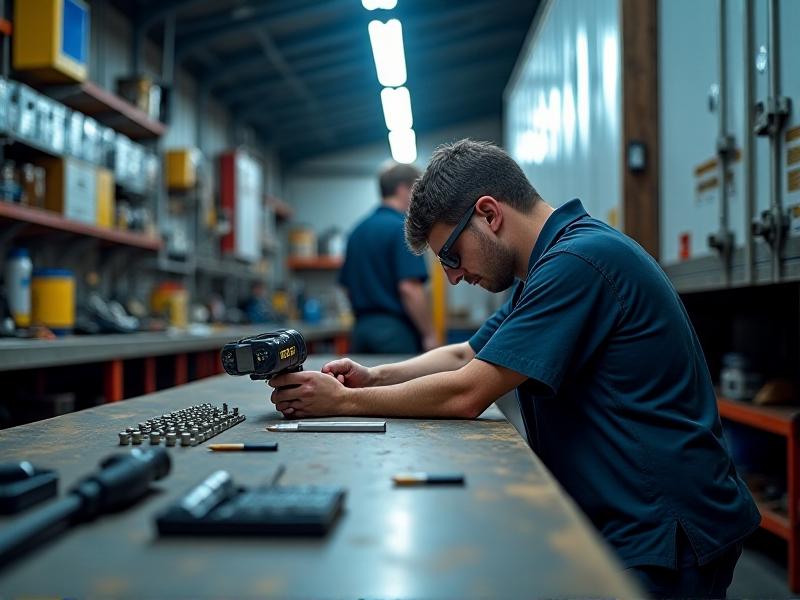
Safety Features to Look for in Modern Hitch Systems
Modern hitches incorporate lifesaving technologies. Integrated sway control uses hydraulic dampers or friction plates to counteract trailer oscillations. Breakaway kits with battery-powered brakes activate automatically if the trailer detaches. Look for hitches with built-in lock mechanisms to deter theft. LED lighting connectors improve visibility, while Bluetooth-enabled hitch cameras provide real-time rear views. Anti-rattle shims eliminate noise but ensure they don’t interfere with coupling security. Always verify that upgrades meet DOT or SAE International standards—compliance isn’t just legal; it’s a safety net.
Budgeting for Your Hitch Upgrade: Cost vs. Value
Hitch upgrades range from $200 for basic receiver hitches to $5,000+ for fifth-wheel systems. Factor in hidden costs like frame reinforcements or brake controller installations. Mid-range options ($800–$1,500) often provide the best value, blending advanced features without over-engineering. Used hitches can be viable but inspect for stress cracks or rust. Warranties matter—brands like Curt or B&W offer lifetime coverage on certain models. Remember, a higher upfront cost might prevent costly roadside emergencies later.

Real-Life Scenarios: Choosing the Right Upgrade for Your Needs
Case studies illuminate decision-making. A family towing a 12,000-pound double-wide opted for a fifth-wheel hitch to handle mountain passes. A solo traveler chose a lightweight aluminum setup for easier maneuvering at national parks. Another user added a sway control hitch after a near-rollover incident. Consult forums like RVillage for peer reviews, but tailor choices to your specific towing profile—there’s no one-size-fits-all solution.
Future-Proofing: Adapting Your Hitch for Long-Term Use
Anticipate future needs—modular hitches allow adding components like bike racks or cargo carriers. Choose adjustable shanks and couplers to accommodate different trailer sizes. Invest in corrosion inhibitors like fluid film for long-term durability. As electric trucks gain traction, ensure compatibility with emerging towing tech like regenerative braking integration.


